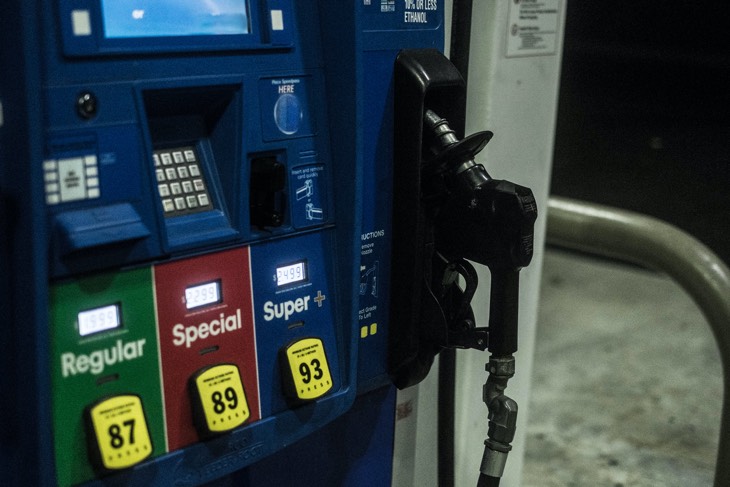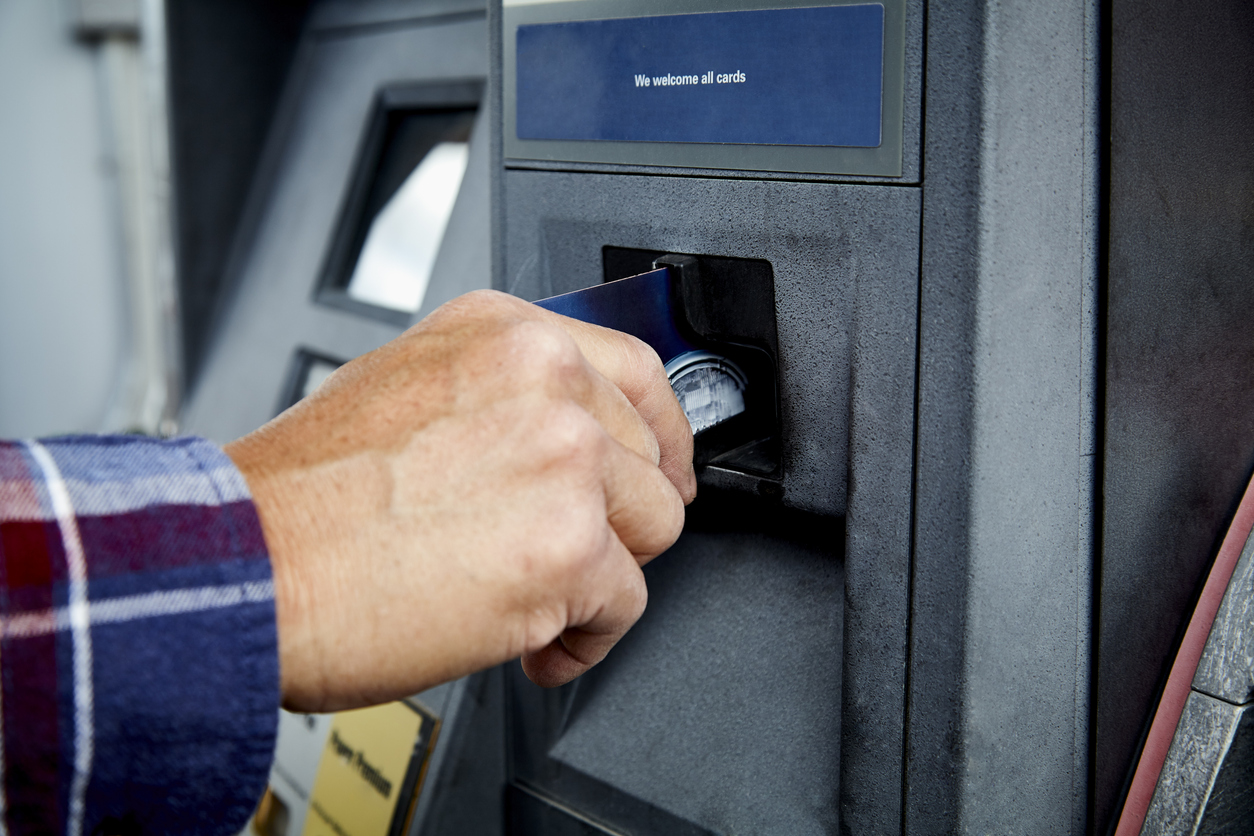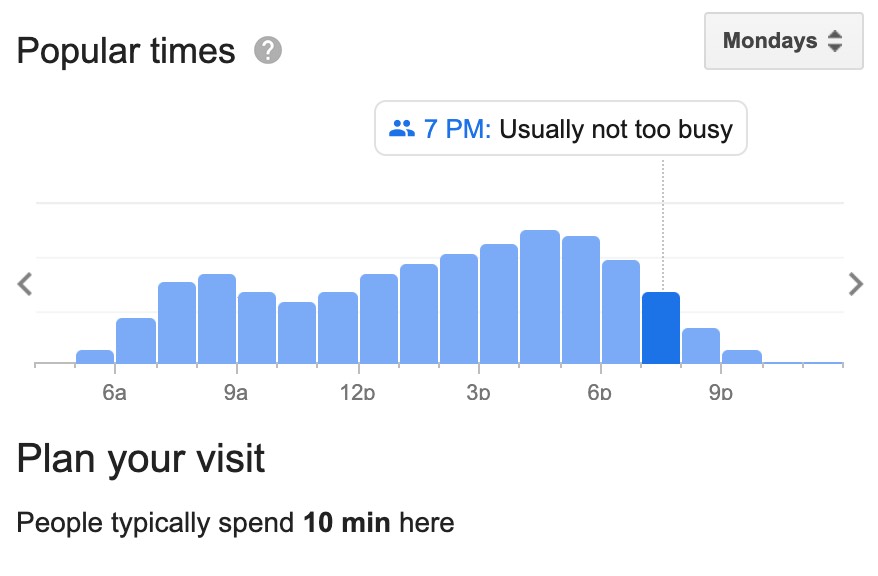Hopefully, you’re spending as much time as possible at home, but not everyone is so lucky. Many people in “essential businesses” are still going to work every day, and even those in self-isolation take the occasional drive. That means gassing up your vehicle.
Thankfully, since you don’t have to go inside a crowded store to buy gas, it’s one of the less-risky transactions you can make. However, that doesn’t mean it’s without risks.
Here’s what you need to know:
- If you leave the house, you can’t guarantee you won’t be exposed to the coronavirus, but you can do a number of things to reduce your chances of infection.
- Don’t go in the store.
- Fill up at odd hours and keep your distance from others.
- Don’t wait until the last minute to fill your tank.
- Do what you can to disinfect the pump, the keypad and buttons, and your hands.
- Cover your face, even with a t-shirt if you don’t have a protective mask.
Pay at the pump
Do not go into the store itself if you can help it. Your best bet for avoiding contact with others is to pay at the pump, outside. Don’t go in to get a snack or use the bathroom. If you need something from the store, choose a convenience store with a drive-through, which is a somewhat safer choice (even then, I wouldn’t recommend that).
Keep a distance
You should remain at least six feet away from others at all times to minimize coronavirus exposure. Until this thing blows over, you should assume that you and everyone you see is infectious. So that means, if you can, to use a gas pump that’s far away from anyone else getting gas. Which is easier if you…
Fill up at odd hours
When filling your tank, you want to go at odd hours to minimize the number of people you’re around. As a general rule, go late at night or early in the morning, which isn’t a problem if you have a 24-hour gas station nearby or at least one that keeps the pumps on at night.
But you can do a lot better if you Google the name of the gas station you’re planning to visit, because Google will show you a widget with data drawn from its users that shows you the busiest times (the ones you should avoid) at that particular station.
Picking a fill-up time that avoids others is easier to plan out if you…
Don’t wait too long to fuel up
You never want your gas tank to get too low before filling it. In addition to putting you at risk of being stranded, it’s bad for your vehicle. But more importantly, if you’re not desperate for gas, you won’t be forced to pull up to a crowded gas station.
As a general preparedness rule, we recommend keeping at least half a tank in your car at all times. And while out and about, keep your eyes open for gas stations with empty pumps so you can safely top off far away from others.
More: Beginner’s guide to storing extra gas at home (and does gas go bad?)
Disinfect the pump
As we noted in our package disinfection guide, SARS-CoV-2 is a “sticky” virus that can live on surfaces for several days. Of course, gas pumps don’t go days without being touched, so that means you’ll want something to disinfect the pump quickly.
Obtaining any kind of effective disinfectant right now is probably easier said than done, but the Environmental Protection Agency has the definitive list of cleaners that are effective against SARS-CoV-2. Pay special attention to the Contact Time column, which tells you how long a cleaner has to be in contact with a surface to kill the coronavirus. Many of the fastest disinfectants have quaternary ammonium, hydrogen peroxide, or sodium hypochlorite.
Of course, alcohol works too, as long as it’s 60% ethanol, 70% isopropanol, or stronger per the CDC. If you have bleach handy, the CDC recommends a solution of 5 tablespoons of bleach per gallon of water. You could put that in a spray bottle and use it to hose down the pump, card reader, pump buttons, and any other surface you might touch.
Guard your hands
Even if you disinfect the pump and all touch surfaces, you should still be wary of where you put your hands. Wear gloves if you have them, and disinfect your (gloved or ungloved) hands with whatever cleaner you used on the pump before touching your car’s door handle to re-open it and get inside.
Avoid touching your face until you can get home and give your hands a proper washing. If you have hand sanitizer handy (as long as it’s 60% ethanol or 70% isopropanol), rub some into your hands when you’re done. Even doing that, I’d still hold off on scratching my nose until I washed my hands well.
Consider covering your face
Finally, if you have a mask or respirator handy, I’d consider donning it for this job. There are still serious questions about the amount of time the virus hangs around in the air, so it’s possible you could be exiting your car into a cloud of it from the previous patron. Better to be safe than sorry.
Even if you don’t have a professional mask, a simple t-shirt over your face can give you partial protection, and it’s really about whatever you can do to reduce your chances of infection.


